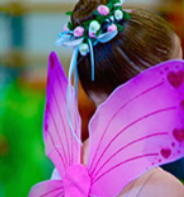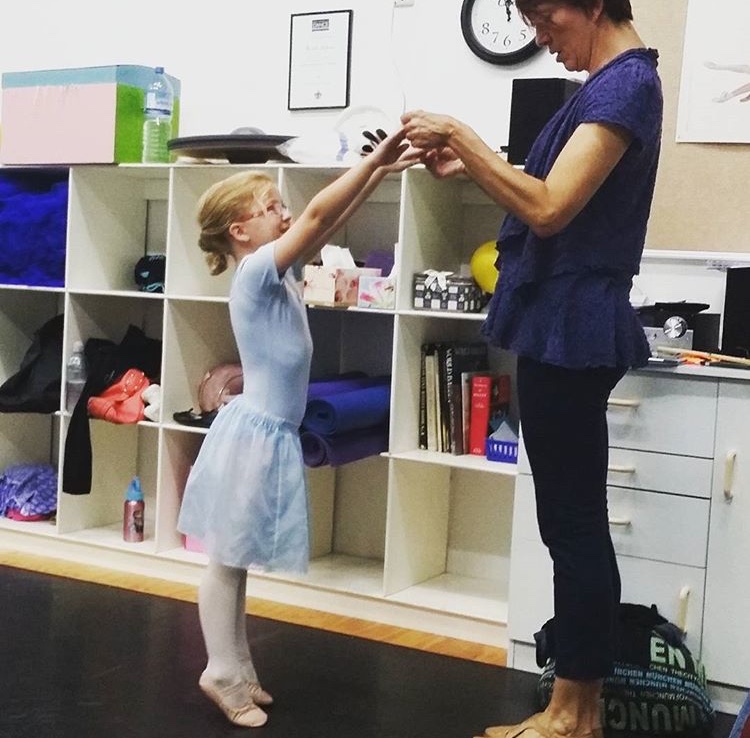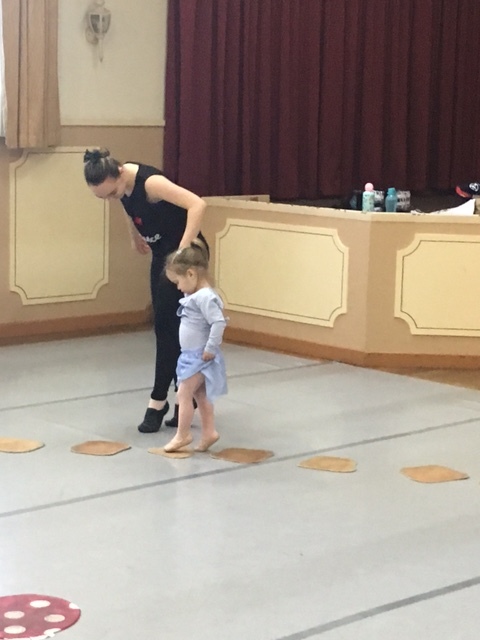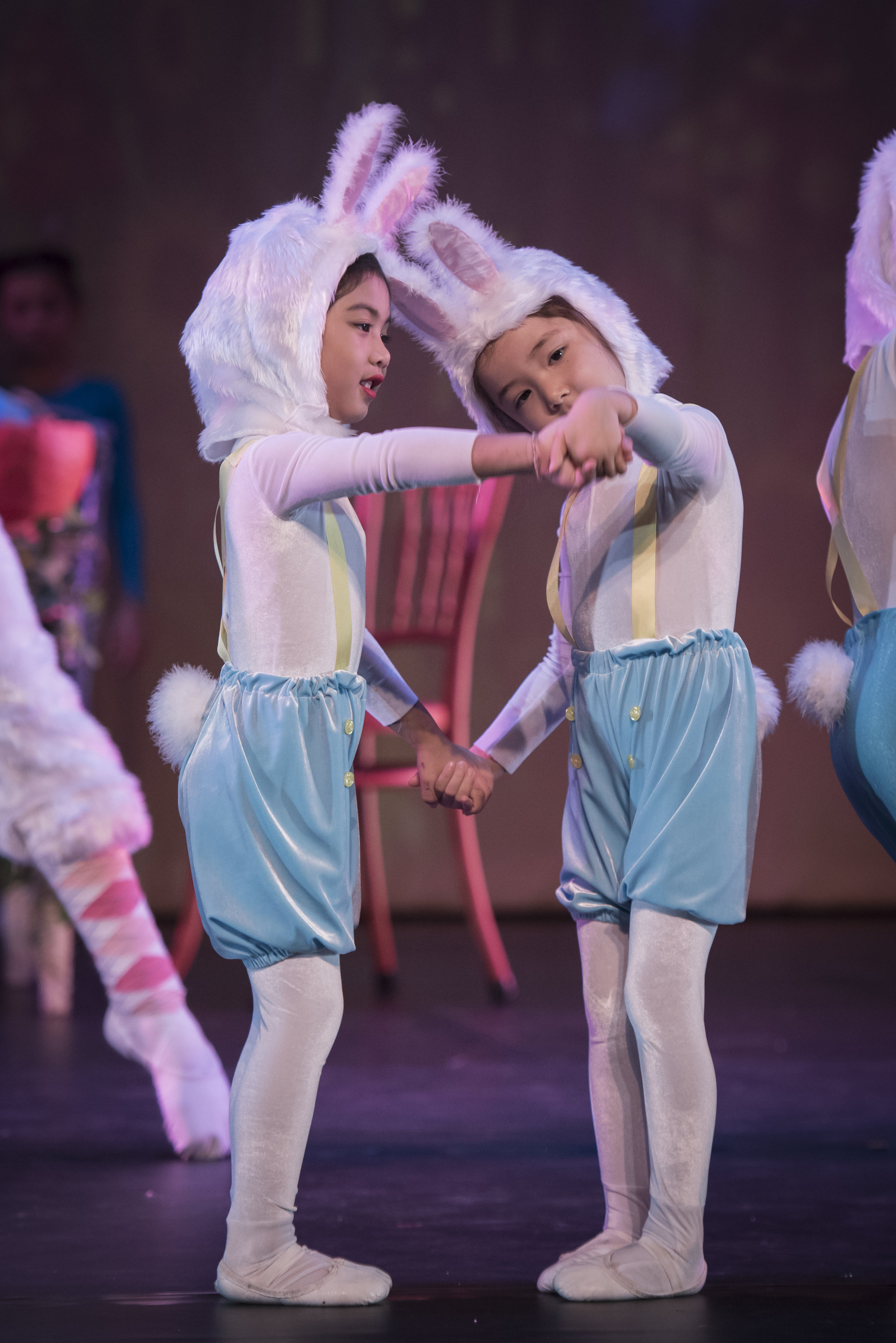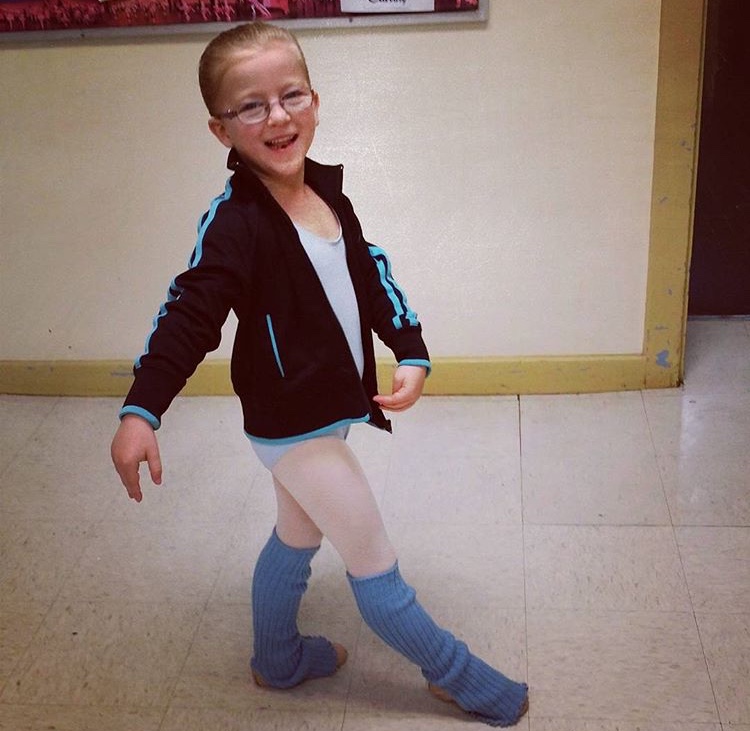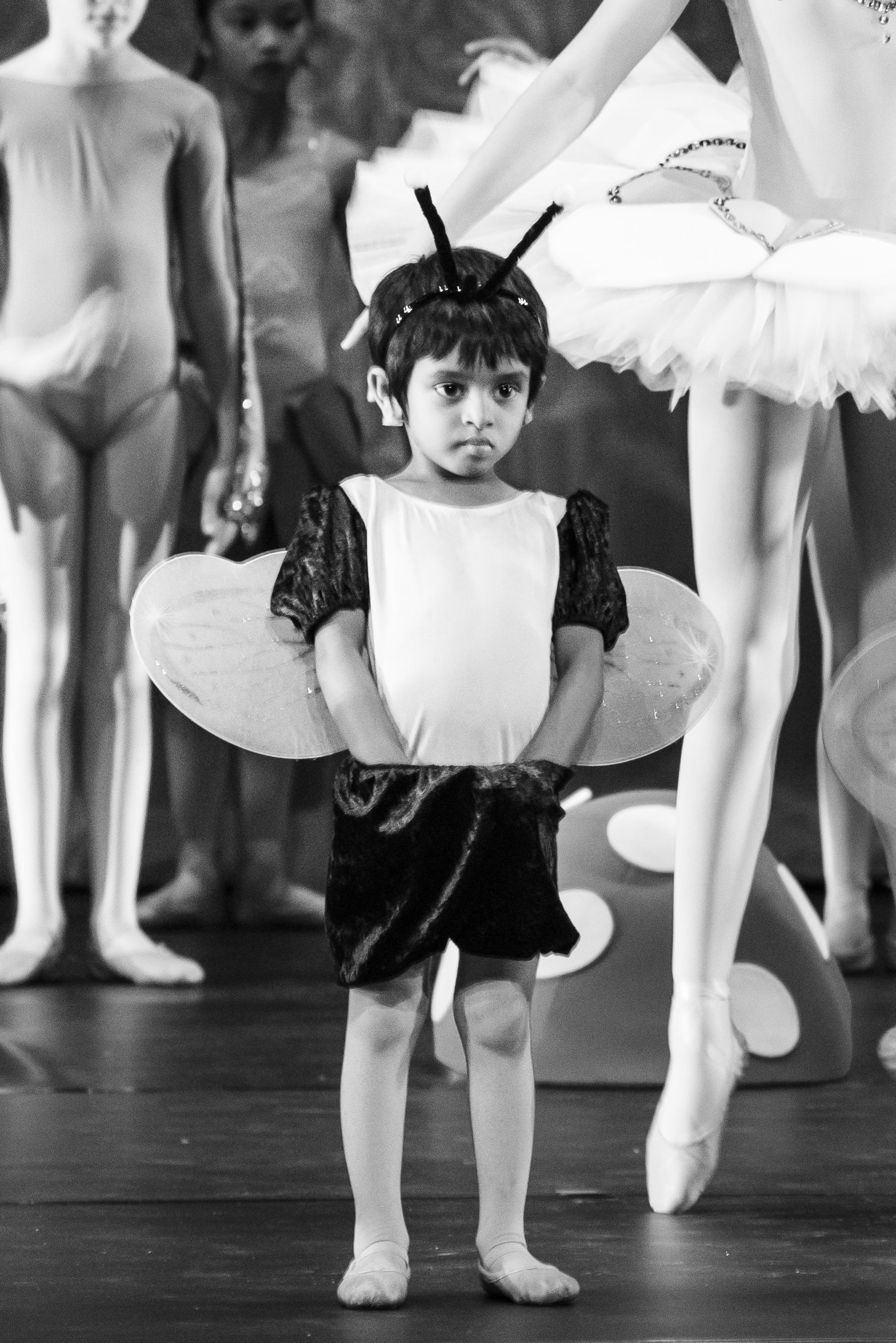The advantages of dance for preschoolers go beyond just the physical. While a child who regularly attends dance class specifically designed for under fives will be rewarded with improved posture, balance, coordination and gross motor skills, some of the most important benefits for children can be seen in the way they learn to relate to others.
At 2 years old, a child is able to start identifying body parts, are listening better than a year before, and can remember two things at a time which can form the basis for following simple instructions (“pick up the ball and bring it to me”). This is the perfect time for them to be engaging in an activity such as a Kinderballet (or preschool dance) class. While a child of this age is generally not yet able or willing to share or “take turns”, a social setting with other children that includes movement with engaging, age-appropriate music can encourage a child to more easily transition to that phase normally reached by 3 years old. They are likely to get used to listening to information from a teacher or parent more quickly and have awareness of and empathy for their fellow classmates, even if they are not ready to join in with other children’s activities.
Other milestones that can be gently coaxed along with the assistance of a weekly dance class include an understanding of simple structures such as straight lines and circles, the concept of ‘stop’ and ‘start’ and being able to incorporate the imagination or ‘storytelling’ into play.
By 3-4 years old, a child will start to work cooperatively with other children, and the dance class, with it’s clear yet flexible structure, is an ideal environment to guide a child into these social settings. Many parents have cited that, for the child not yet participating in formal child care or preschool settings, the introduction of dance class to the child’s routine seems a logical and natural decision. The child will start to more easily separate from their parent or care-giver, paving the way for them to be more interested in new found skills and to make other personal connections.
While any dance class should follow a set routine to appropriately warm up and challenge the body and mind, a good teacher will recognise that all children develop differently and at their own pace. Look for smaller class sizes which enable the teacher to get to know each student, their boundaries, strengths and behaviours. An experienced teacher who is passionate about dance education with toddlers to preschool age children will know the benefits of repetition, will not cover too many concepts in one class, and will encourage children to do their best with non-competitive and inclusive language.
While preschool dance will undoubtedly be teaching the child the fundamentals of dance in a fun and engaging manner, the aim at this age isn’t to teach technique or create stars but to encourage the natural skills and interests of the child and to prepare them for future challenges. Remember, the proof of success lies not in the demonstration class at the end of term or the yearly concert but in the way the child delights in telling their latest dance class adventures and their anticipation of the next one.
